 I had no real plans to go all out and build a stone wall on the upper sides of my terraced garden sections, but here I go.
I had no real plans to go all out and build a stone wall on the upper sides of my terraced garden sections, but here I go.
I love old rock walls, but this is one of those projects I get half way into and wonder why I do this to myself. Luckily we have a lot of stone on the property, and it has the same feel as the old rock wall along the East side of the farm.
I only want to give this project a couple days, so I didn’t trench and inset the bottom stones. You can do that and then build straight up the dirt face and cap it with a large flat field stone to lock it into place. If you begin noticing soil building up behind the cap stone over time, you can then add another layer of stone. You can use concrete. I dry stacked these.
This isn’t designed as a retaining wall. This is a low erosion control wall. You will want to use proper anchors and construction design to retain soil or other heavy material.

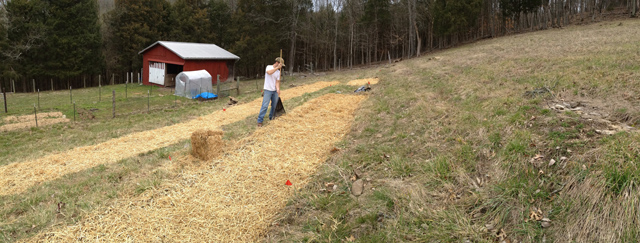

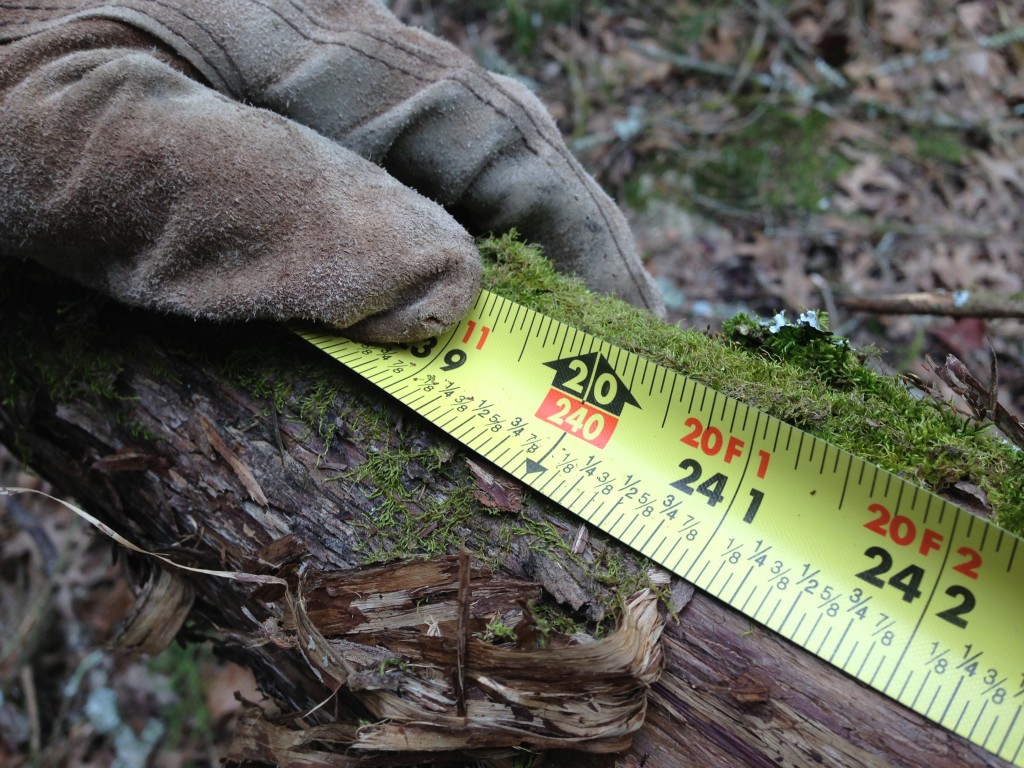 I spent part of the morning in the woods cutting three 20 feet cedar posts for our first bed of organic hops. The “bines” will grow that tall every year starting around the second or third year.
I spent part of the morning in the woods cutting three 20 feet cedar posts for our first bed of organic hops. The “bines” will grow that tall every year starting around the second or third year.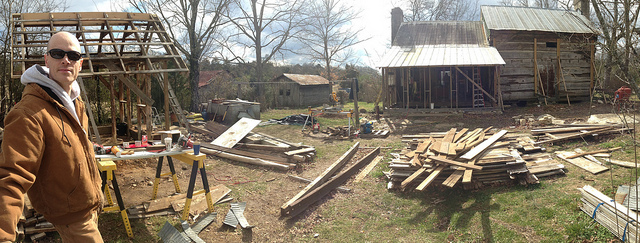
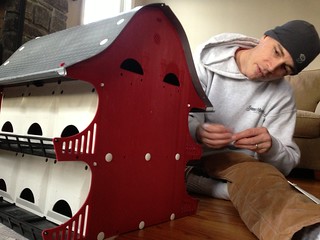 Part of our organic farm’s integrated pest management plan calls for the use of hosted beneficial birds as natural predators. Earlier this week I asked a couple of friends and folks at the
Part of our organic farm’s integrated pest management plan calls for the use of hosted beneficial birds as natural predators. Earlier this week I asked a couple of friends and folks at the 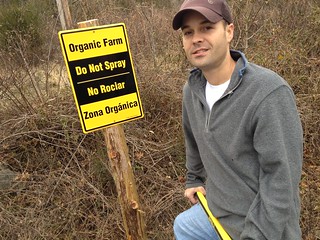 I didn’t know what to expect working with local utilities to prevent drift from chemical management of right of ways onto our organic farm.
I didn’t know what to expect working with local utilities to prevent drift from chemical management of right of ways onto our organic farm.